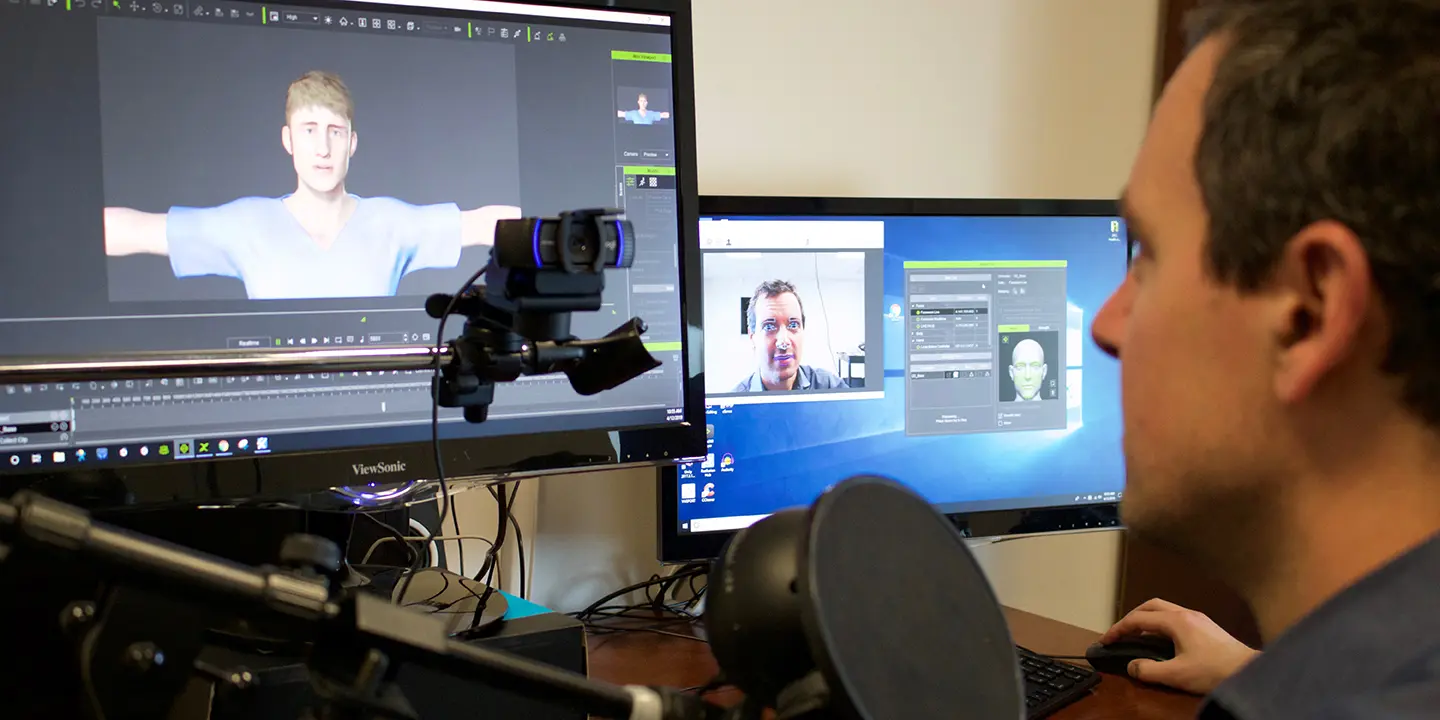Virtual Communications Research Lab (VCR)
 The Center for Health and Business supports a robust international collaboration between researchers at Bentley, McGill, and Brown Universities. The mission of the Virtual Communications Research (VCR) Lab is to leverage immersive technologies to study and improve the human experience of communication in healthcare. The group conducts research in serious illness communication and palliative care using advanced virtual reality platforms.
The Center for Health and Business supports a robust international collaboration between researchers at Bentley, McGill, and Brown Universities. The mission of the Virtual Communications Research (VCR) Lab is to leverage immersive technologies to study and improve the human experience of communication in healthcare. The group conducts research in serious illness communication and palliative care using advanced virtual reality platforms.
VCR Leadership Team
VCR Collaborations
International Colleagues
In July 2022, Dr. Liesbeth van Vliet, PhD, Young Investigator Grantee Dutch Cancer Society and Assistant Professor at Universiteit Leiden in The Netherlands, along with junior researcher Janine Westendorp, visited the VCR Lab at Bentley University to talk about their respective VR labs, current projects, and future work together.
Dr. Liesbeth van Vliet and Janine Westendorp brought their VR technology with them to demonstrate their capabilities to the VCR team and vice versa. The teams discussed how they could work together in the near future on research that utilizes the exciting VR technologies.
Janine Westendorp is currently working on VR communications training around the placebo effects of communication (i.e. expectancies and empathy), which can draw on expertise from both research teams.












